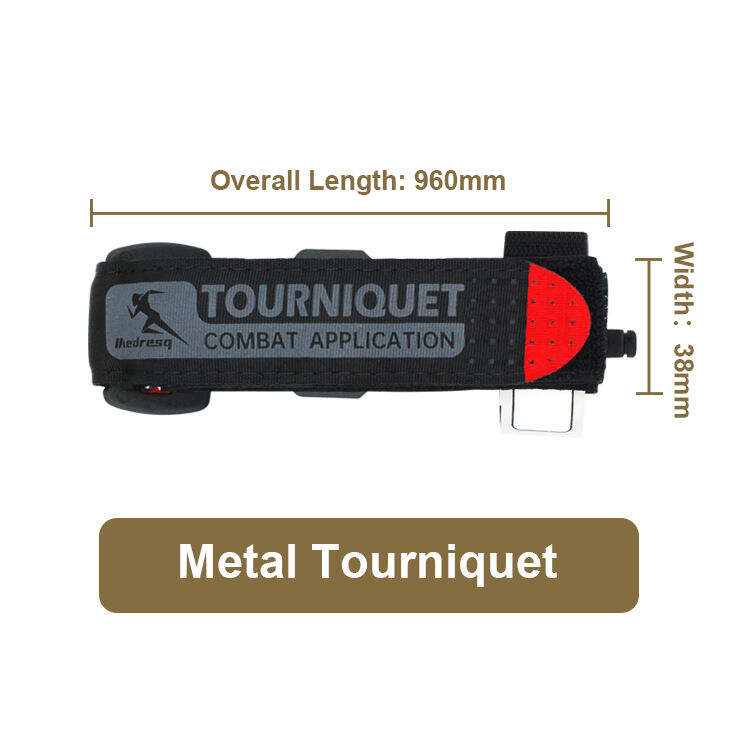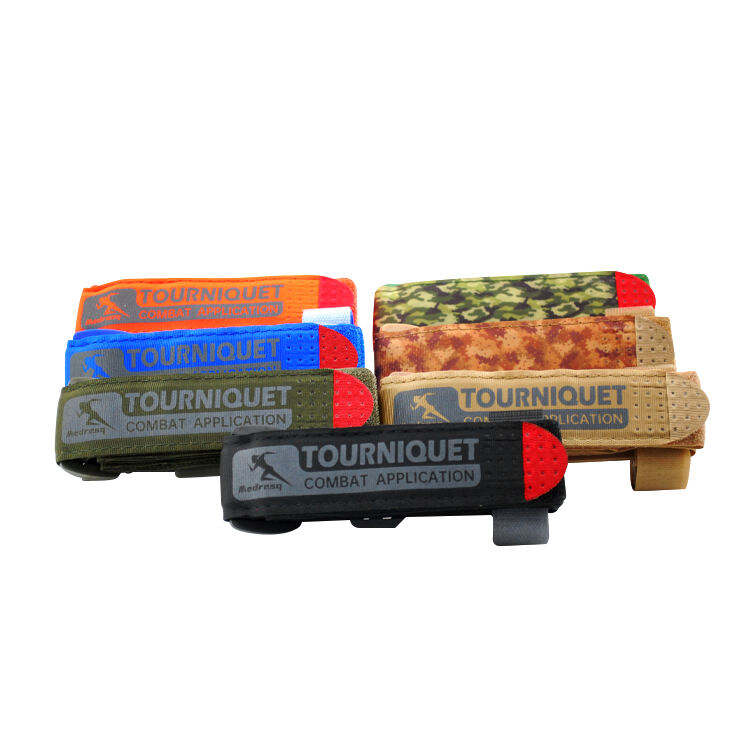In medical emergencies, particularly where traumatizing injuries are involved, bleeding is one of the most dangerous phenomena which can kill a person in minutes, unless stopped in time. In this regard, tourniquets which are specifically tailored to such situations are highly important. They are however only effective based on their characteristics and the right use. This paper assesses the essential aspects of battlefield tested tourniquets and the general pitfalls to avoid when trying to treat a wound with a windlass tourniquet.
Key Features of a Combat-Proven Tourniquet
Both the CAT and the SOF-T tourniquets, manufactured by combat-proven companies, have been put through combat test conditions. Such scenarios describe the need of the devices functioning with high stress and extreme environments reliably.
1.Robust Construction: Tactical Tourniquets are strengthening combat-proven. They are normally constructed using very high standards, tear-proof materials which can persist in even severe conditions. This improves the durability of the tourniquet in the sense that it will be ready and functional during the emergence and the storage phases.
2.Windlass Mechanism: The windlass is the important part of successful limitation of arterial flow. It lets the user exert constant, high pressure on the affected limb and this stops the bleeding effectually. The windlasses of the devices such as CAT and the SOF-T are made quite convenient to easily use even with the input of one hand.
3.Quick-Release System: Emergencies demand quick action. These tourniquets include a quick-release mechanism that allows for rapid application and removal, facilitating prompt medical intervention without fumbling or delay.
4.Adjustable Strap Length: Good tourniquets have an adjustable strap length. Combat-tested models usually come with adjustable strapping to give the needed compression when treating both an adult and a child.
5.Visible Reference Points: Certain tourniquets have reference points such as color blocks and stop markers which help in proper use. These visual offerings make it possible that those operating the device would be in a position of confirming the effectiveness of the device within a short period, even during times of stress.
6.Familiarity and Training: Familiarity and Training: Since the same design has been used across the popular models of the CAT and the SOF-T, both service members and the general population can easily be trained to utilize them safely enabling a wide diversity of first responders being properly trained to execute them.

Common Mistakes to Avoid When Applying a Windlass Tourniquet
The effectivity of these devices can be defeated by their improper use despite the sophistication of such gadgets. It helps to be aware of what mistakes are common and avoid them.
1.Failure to Apply Enough Pressure: One error is lack of enough pressure to the extent of occlusion of arterial blood flow. The windlass ought to be turned till the bleeding ceases altogether, and this may require greater force than might be anticipated.
2.Positioning Too Far from the Wound: The most effective tourniquet can be as useless as the one who is applying it. Lack of training leads to more errors in application. He or she is required to practice with the device on a regular basis.
3.Inadequate Training and Familiarity: During the application of the tourniquet, it must not be released until the patient gets the care of a medical personnel. Early discharge causes more loss of blood.
4.Releasing the Tourniquet Prematurely: Windlass should always be secured after tightening, in most cases there is a locking mechanism to take care of that issue.
5.Improper securing of the Windlass: After tightening the windlass, it must be secured properly, often with a locking mechanism provided, to prevent unwinding.
6.Not Noting the Time of Application: When using a tourniquet, it is imperative to take a record of the time of tourniquet application on the patient. This data is essential to the future medical care and assists with avoiding possible complications because of a long usage.

To sum up, a tourniquet is either effective or not depending on its intrinsic qualities as well as the competence on how the tourniquet is used. Combat-tested solutions such as CAT and SOF-T prove their effective design principles which cannot be neglected during life-threatening circumstances. Learning these features and driving away the most frequent mistakes in the application will help to improve the casualty response work and provide the best possibility to achieve successful results in severe situations. Practicing and readiness are the important elements that can supplement the capabilities of these lifesaving devices.
 EN
EN
 FR
FR
 DE
DE
 IT
IT
 JA
JA
 KO
KO
 RU
RU
 ES
ES
 AR
AR
 BG
BG
 HR
HR
 DA
DA
 NL
NL
 FI
FI
 EL
EL
 NO
NO
 PL
PL
 PT
PT
 RO
RO
 SV
SV
 TL
TL
 ID
ID
 SR
SR
 UK
UK
 VI
VI
 SQ
SQ
 TH
TH
 TR
TR
 AF
AF
 MS
MS
 CY
CY
 IS
IS
 HY
HY
 AZ
AZ
 KA
KA
 MN
MN
 MY
MY
 KK
KK
 UZ
UZ
 CS
CS



